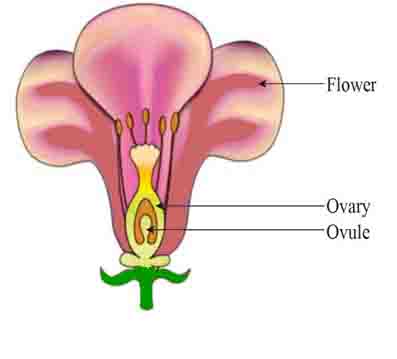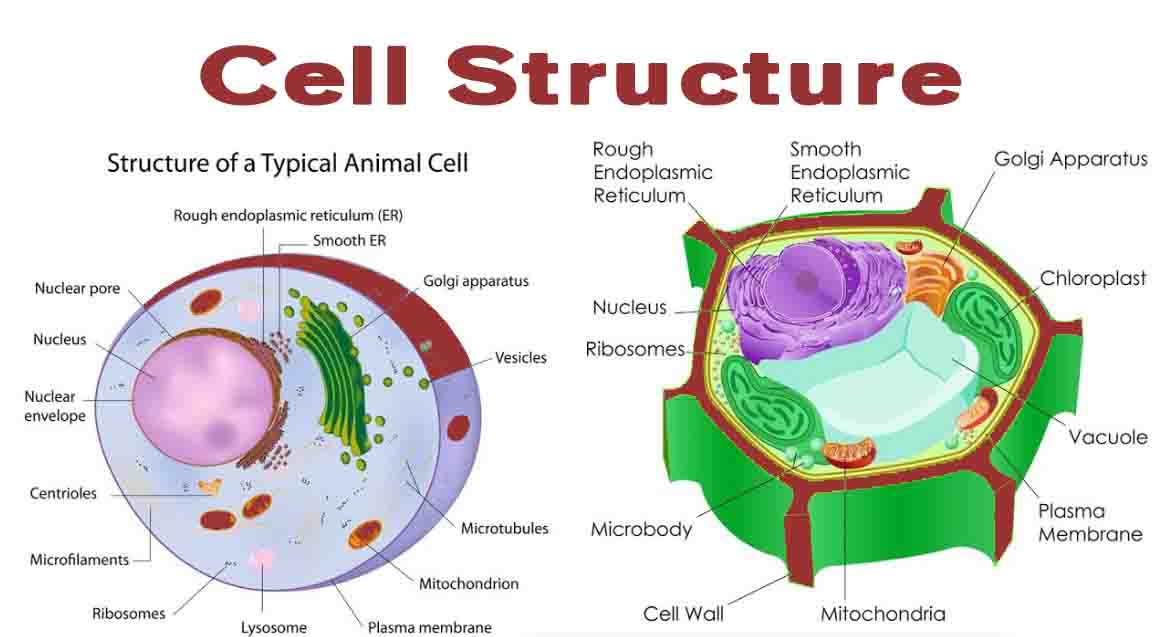Zonkey
The Basics “Zonkeys” are hybrid animals produced by mating zebras and donkeys. Zonkeys are not a true species because they have an odd number of chromosomes and cannot reproduce. While zonkeys are rare, they are bred in a number of zoos and specialized farms around the world. Zonkeys are also referred to as zebonkey, zebrinny, … Read more





